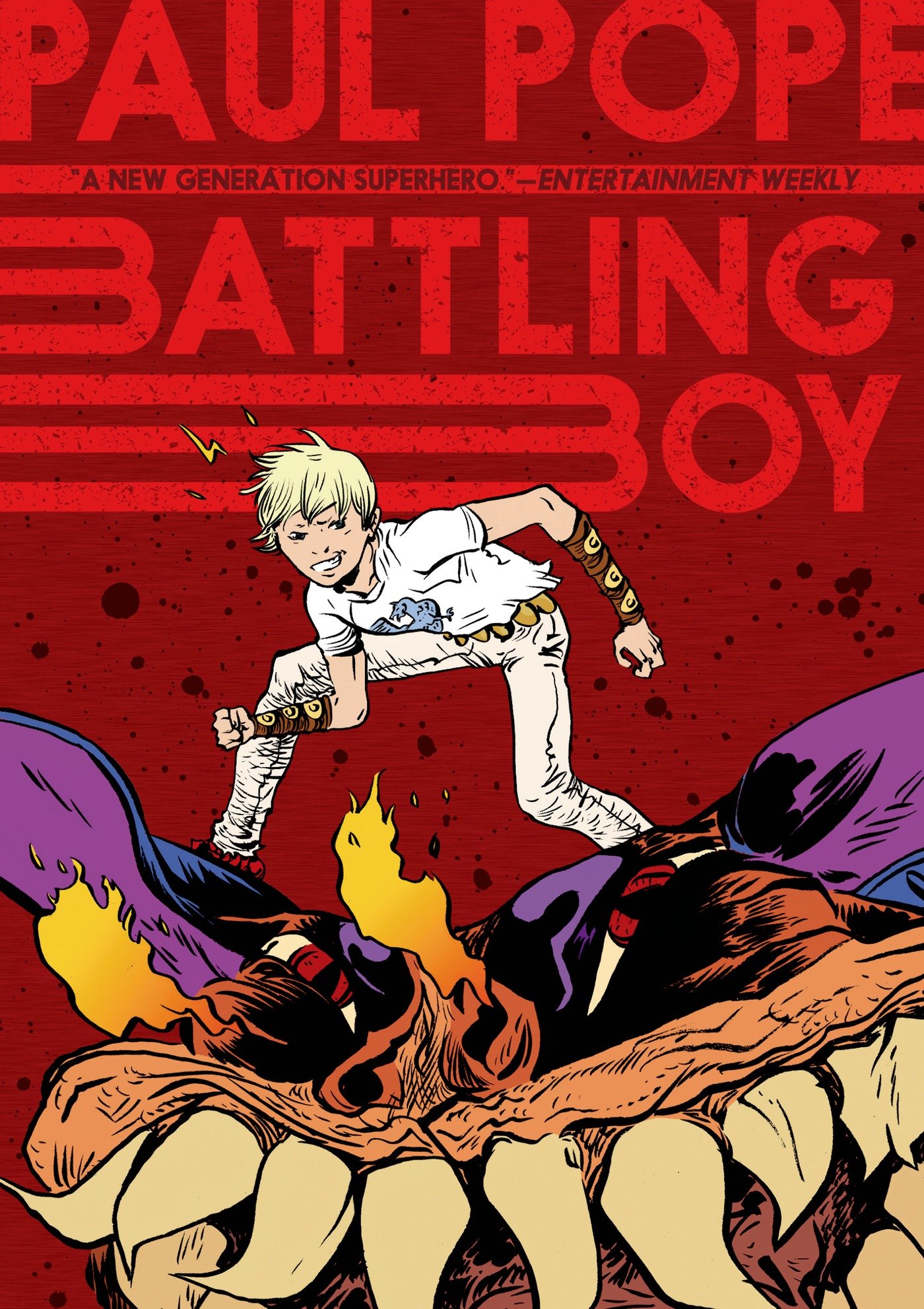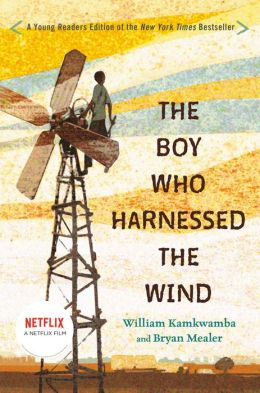 The Great Good Summer
The Great Good SummerLiz Garton Scanlon
Simon and Schuster, 2015 213 pgs
Grades 3-6
Realistic Fiction
Welcome to the fictionalized town of Loomer, Texas, a small town where churches out number Quik Marts. Ivy Green's having a terrible summer before seventh grade. Her mother has run off with a bible-thumping preacher, Hallelujah Dave to the pan-handle of Florida, home of The Great Good Bible Church. Ivy spends her time babysitting the neighbor kids and watching schoolmate, Paul, launch his model rockets. Ivy's father tries to make life as normal as possible for her, but the missing and worry grow too big. Finally Ivy and Paul concoct a plan to take a bus from Texas to Florida to find Ivy's mom and so Paul can visit the Kennedy Space Center. The trip isn't the glorious adventure the young people thought it would be. At a sketchy bus station along the way Ivy gets her money stolen, leaving them serious strapped for cash. A creepy guy on the bus makes them both uncomfortable, until he reveals himself to be a good guy and actually helps them get into the Florida jail, where they discover that Hallelujah Dave is being incarcerated. An unpleasant visit with Hallelujah Dave leads them to a hospital where Ivy's mother is a patient. The three of them leave the hospital, rent a car, and head back to Texas, only to have Ivy stop the trip. They still haven't visited the Kennedy Space Center. Unpredictably, Mom takes both the young people to the Space Center, where Paul has a major life epiphany and after which Mom and Ivy talk things out. and find peace and forgiveness.
Picture book writer, Liz Garton Scanlon tries her hand at writing fiction in this emotionally charged book for young people. The cover draws readers right in and is illustrated by Marla Frazee, who won a Caldecott honor for All the World, which is penned by Scalon. Once readers crack into the book we are instantly sucked into Ivy's world. Scalon's folksy writing style creates familiarity and helps to define the setting. As soon as we read on the first page that mom has disappeared with a character named "Hallelujah Dave" its impossible to put the book down until you know the whole story. Scanlon does not disappoint and Ivy and Paul have a grand adventure, leaving their comfort zones, finding a personal connection with each other, and mature in both wisdom and empathy. Scanlon presents adults who are supportive, yet flawed, and emphasizes the importance of family. When the book began I thought that it would have a "religion-bashing" agenda, but Scalon offers a balanced view of this as well. Hallelujah Dave certainly uses religion for evil purposes and Ivy's home pastor is less than helpful when Ivy and her father are in need of understanding and support, but none of this makes Ivy throw God out the window. Instead she relies on prayer and God's support as she faces scary situations. It is unusual to see God and faith playing a part in a children's work of fiction and, although its not the main focus of the story, it plays a major part of who Ivy is and how the plot plays out. Ivy's faith is reflective of the lives of many young people in our country and should be represented in mainstream children's literature at least on some level. The book is quiet, yet loud on plot, and reads quickly. It can be enjoyed by both boys and girls and is a perfect choice for summer reading.












